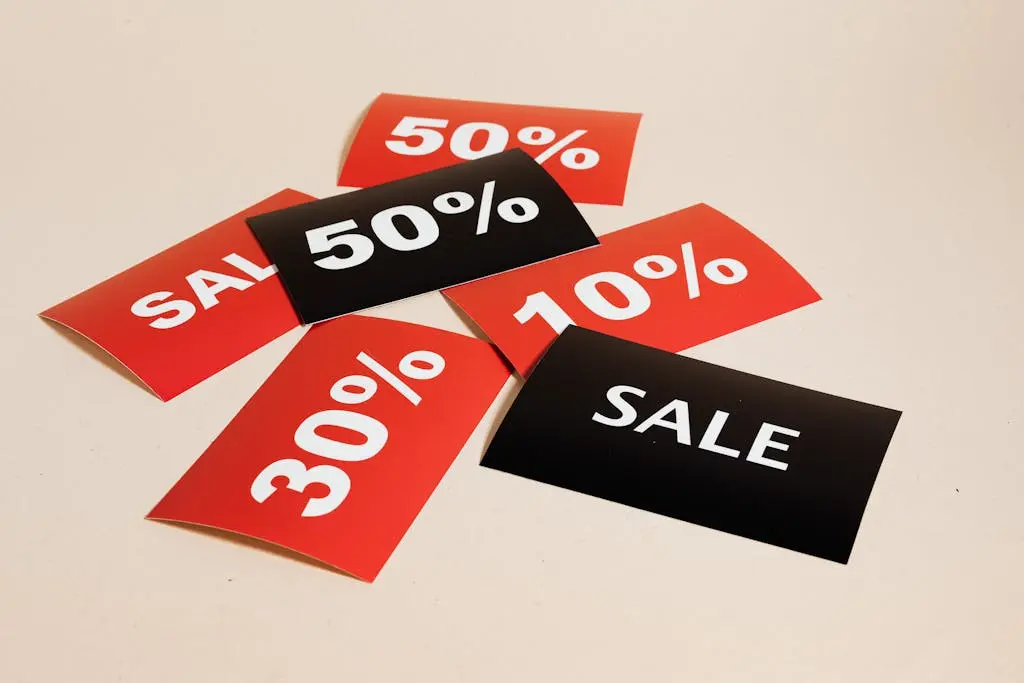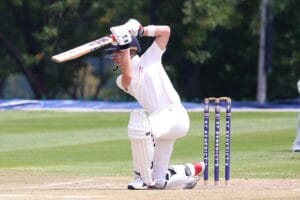Introduction to Mental Math for Percentages
Importance of Mental Math in Percentage Calculations
Mental Math Tricks I find mental math for percentages essential in daily life. Whether I’m tipping at a restaurant, calculating a discount, or figuring out interest on a loan, being able to quickly compute percentages saves me time and minimizes errors. This skill enhances my financial literacy, helping me make informed decisions promptly.
Table of Contents
Overview of the Benefits of Quick Percentage Calculations
Quick percentage calculations offer several advantages:
- Speed: Rapid computations streamline tasks, from personal budgeting to professional financial analysis.
- Convenience: I can perform calculations anywhere without relying on devices.
- Confidence: Mastery of mental math boosts my confidence in dealing with numbers, reducing anxiety in situations requiring quick decisions.

How Mental Math Techniques Can Boost Problem-Solving Speed
Mental math techniques involve methods like breaking down complex problems into simpler steps or rounding numbers for easier computation. These approaches enhance problem-solving speed by:
- Reducing Cognitive Load: Simplifying calculations makes them less mentally taxing, allowing more focus on other aspects of the problem.
- Increasing Accuracy: Structured techniques reduce the chance of errors, improving the reliability of the results.
- Aiding Real-Time Decisions: In time-sensitive situations such as negotiations or critical meetings, quick and accurate percentage calculations can influence outcomes positively.
Understanding and applying these techniques sets the stage for delving into specific methods, starting with finding 1% of any number. This fundamental skill will serve as a cornerstone for more advanced mental math strategies.
Finding 1% of Any Number
The Fundamental Technique for Calculating 1%
To master mental math in percentage calculations, I begin with the basic task of finding 1% of any number. The technique is straightforward: I simply divide the number by 100. If I’m more comfortable with fractions, I think of it as moving the decimal point two places to the left.
For example:
- 1% of 150 is 150 ÷ 100 = 1.5
- 1% of 2500 is 2500 ÷ 100 = 25
- 1% of 37 is 37 ÷ 100 = 0.37
How to Use 1% As a Building Block for Other Percentages
Once I can easily find 1%, calculating other percentages becomes much simpler. Here’s how I use 1% as a building block:
- 5%: Find 1%, then multiply by 5.
- 20%: Find 1%, then multiply by 20.
- 50%: Find 1%, multiply by 50.
Let’s break it down with real numbers:
- To find 5% of 80, I start with 1% which is 0.8. Then, 0.8 * 5 = 4.
- To find 20% of 200, I start with 1% which is 2. Then, 2 * 20 = 40.
- To find 50% of 60, I start with 1% which is 0.6. Then, 0.6 * 50 = 30.
Practical Examples of Finding 1% Mentally
Here are some quick examples to illustrate the practicality of this method:
- Shopping: If an item costs $120, and there’s a 1% discount, I quickly know that 1% of $120 is $1.20.
- Budgeting: If my monthly budget is $4000, understanding that 1% is $40 helps me track minor expenses.
- Home Improvement: Say I’m painting a room that’s 250 square feet. 1% of that area is 2.5 square feet, which may be useful for calculating paint coverage per coat.
Seeing these techniques in action helps me understand how 1% serves as a versatile and powerful tool for handling various percentage calculations mentally.

Doubling Technique for Quick Calculations
Using the Doubling Method to Calculate Percentages
Doubling is a powerful technique I use to quickly calculate percentages mentally. Once I’ve mastered finding 1% of any number, doubling that value helps me swiftly determine several other percentages.
How to Apply Doubling for Common Percentages Like 2%, 4%, and 8%
I start by finding 1% of the number. Once I have that, doubling it gives me 2%. For example, if I need to find 2% of $450, I start by calculating 1%, which is $4.50. Doubling $4.50 gives me $9.00, which is 2%. Following this method, I can further double to get 4% ($18.00) and 8% ($36.00).
Examples of Real-Life Situations Where Doubling is Useful
- Shopping Discounts: If a store offers a 4% discount, I easily double the 2% figure.
- Budgeting: When budgeting an event, quick estimations of 2% and 4% allocations save me time.
- Home Improvement: I calculate paint or material costs for 2% or 4% additional coverage based on initial estimates.
By understanding and applying the doubling technique, I save time and make quick, accurate calculations in various everyday scenarios













